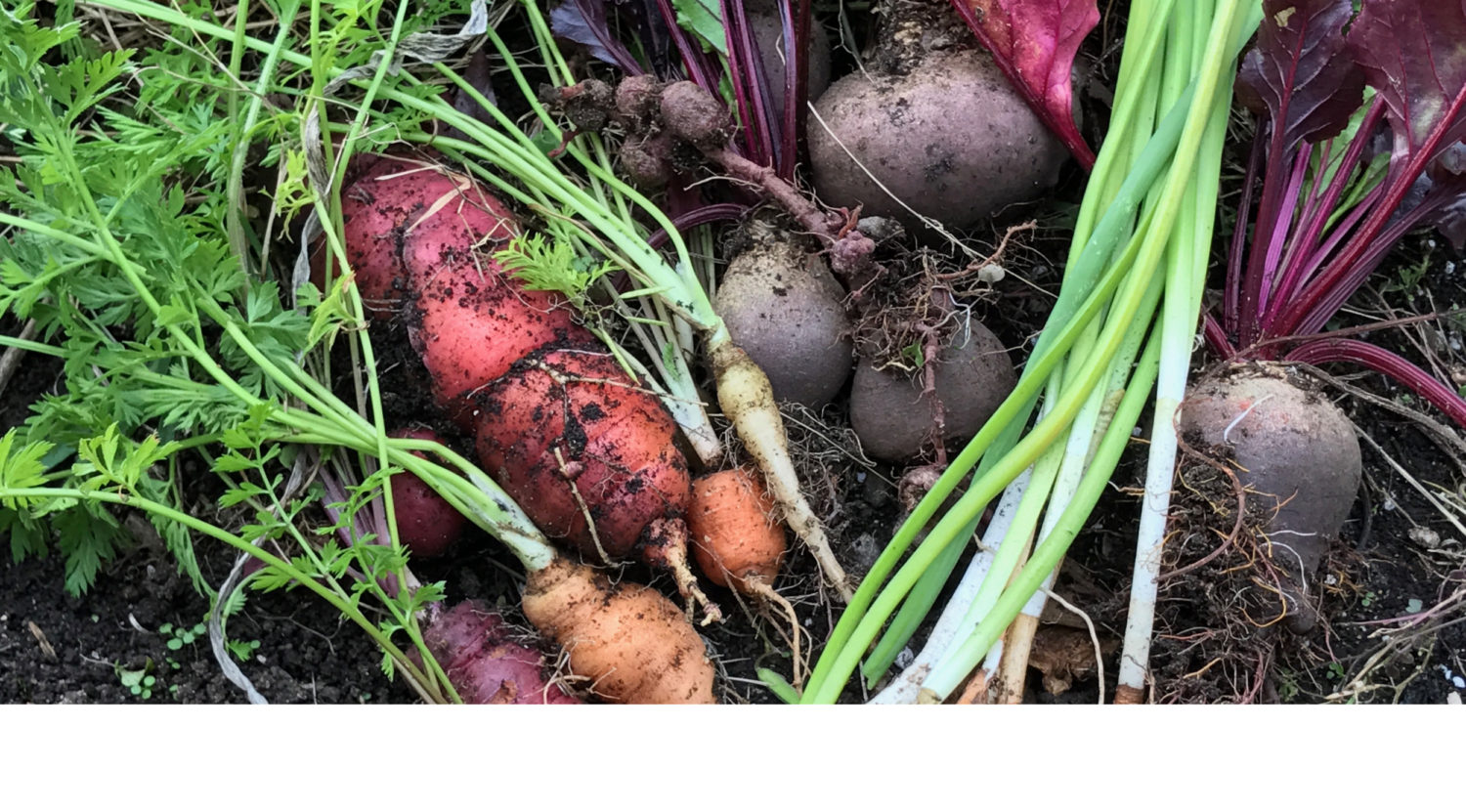
“In every walk with nature one
receives far more than he seeks.”
-John Muir

The Japanese tradition of Shinrin-Yoku, is translated in English as Forest Bathing, an activity often prescribed by doctors in Japan to patients experiencing severe anxiety or depression. There is even an international Association of Nature and Forest Therapy (ANFT), where those interested can become certified instructors, following the protocols of the organization. Founded by Amos Clifford, his book, A little Handbook of Shinrin-Yoku, describes Forest Bathing and its important “Standard Sequence” – the step-by-step-step inclusions followed in each Forest Bathing experience. Rather than powering through an outdoor activitywith others or oneself, it invites mindfulness and healing, within a baseline of intentional requirements.

As an adult, I’ve been lucky enough to live in beautiful areas where hiking on a daily basis was possible. Even so, I had never heard about Forest Bathing until listening to a podcast on the subject between well known doctor, Andrew Weil and Dr. Suzanne Bartlett Hackenmiller. After listening, I was intrigued and wanted to learn more. I found many books on the subject, including one written by Dr. Hackenmiller called, “The Outdoor Adventurer’s Guide to Forest Bathing.” What I learned was that Forest Bathing is the concept of bringing Mindfulness practices into activities done in the forest. Aside from hiking, Forest Bathing can include most outdoor activities, like : Cross-country skiing, paddling, mountain biking, climbing and trail running.
Although sports psychologists have encouraged Mindfulness meditation practices and guided imagery into training regimens for decades, there is a subtle difference between Mindfulness Meditation and Forest Bathing. As Jon Kabat-Zinn, the founder of Mindfulness-Based Stress Reduction suggests, when practicing Mindfulness Meditation, we are encouraged to remove emotion and reaction to our surroundings as we focus on each moment; in Forest Bathing, however, the sense of awe and wonder of our surroundings are encouraged.

The Standard Sequence:
Spending time in nature to invite healing
The Standard Sequence was developed in order to:
-Standardize the expectations of participants in each group;
-take each participant from the “everyday” cognitive, conscious, “monkey-mind” to a dream-like, subconscious state and back to a conscious, more relaxed and aware state at the conclusion; and,
-allow for the practice to be replicable and amenable to Scientific research.



The forest heals us, which in turn, heals the forest…

Forest bathing gives us the opportunity to open our senses to the natural world, whether in a place like the Grand Canyon, a city park or on your balcony with some potted plants.
It is a time not to rush, but to take in Nature and experience awe….where there are no words, just experience.
What Forest bathing is not is exercise; it is also not a single event, but something to return to, as you would do with any practice… meditation, yoga, prayer, Forest bathing…
Forest bathing is not about taking a walk, but making connection with the natural world, our beautiful planet and ourselves.

5-Minute Healthy Green Pesto

Pine nuts are creamy and delicious. Known for being a more expensive nut, they are actually the seeds of about 20 different kinds of pine cones. One of the reasons they are more expensive is that they are not farmed, but must be removed from the trees and are labor intensive. Highly nutritious, they make great pesto.
Ingredients
- 1 cup basil
- 1 cup parsley
- 1 cup cilantro
- 2 cloves garlic
- 1/2 cup pine nuts
- 1 Tbsp fresh squeezed lemon juice
- 1/4 cup olive oil
- salt and pepper to taste
Directions
- Combine all ingredients through olive oil into a food processor.
- Pulse to combine. You’ll have to scrape down edges every so often.
- Season to taste with salt and pepper.
- Store in the refrigerator for up to a week—if it’s not all gone by then!






